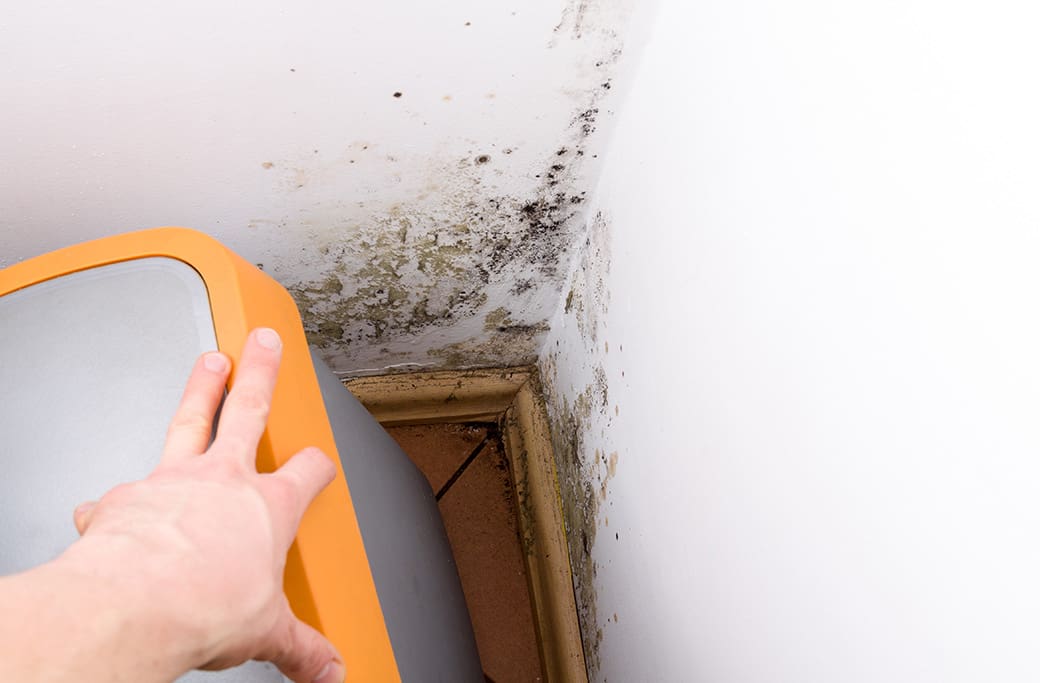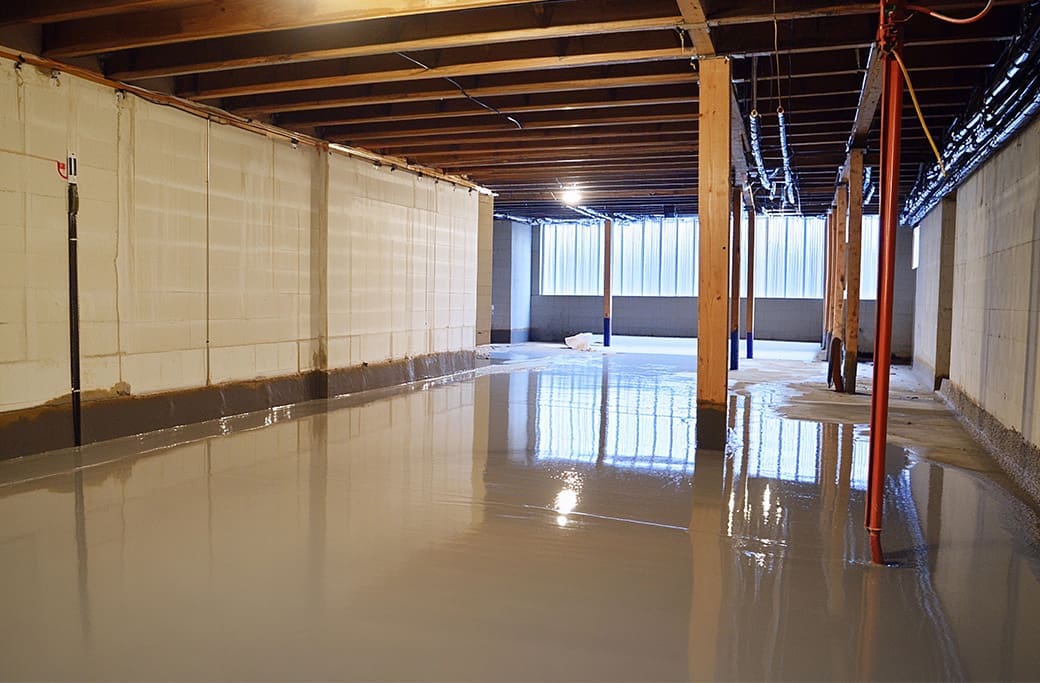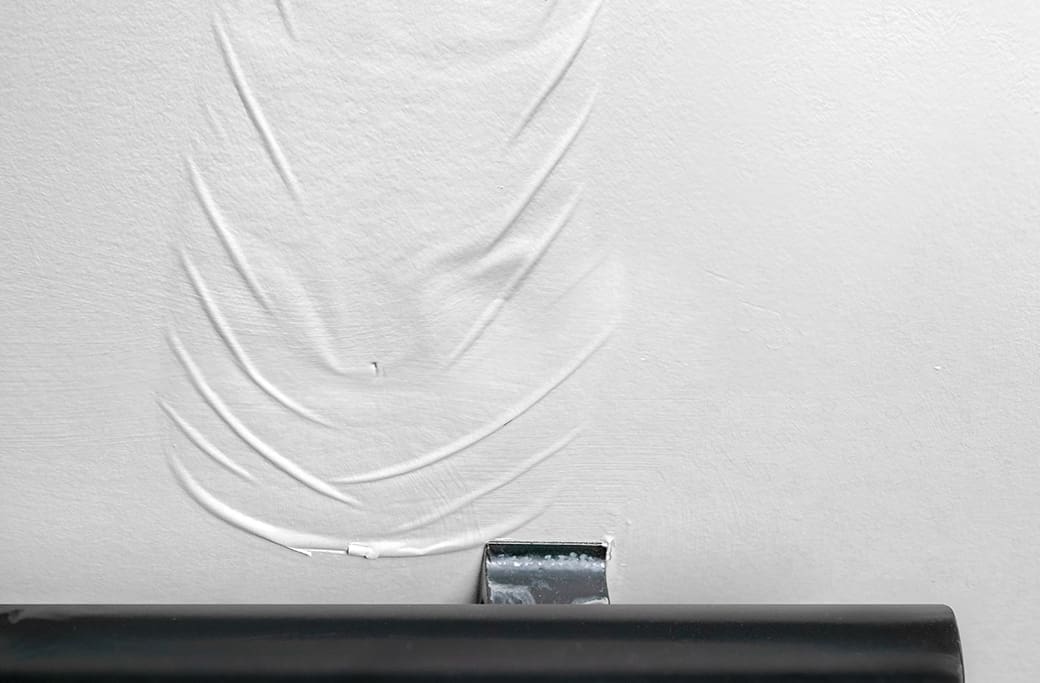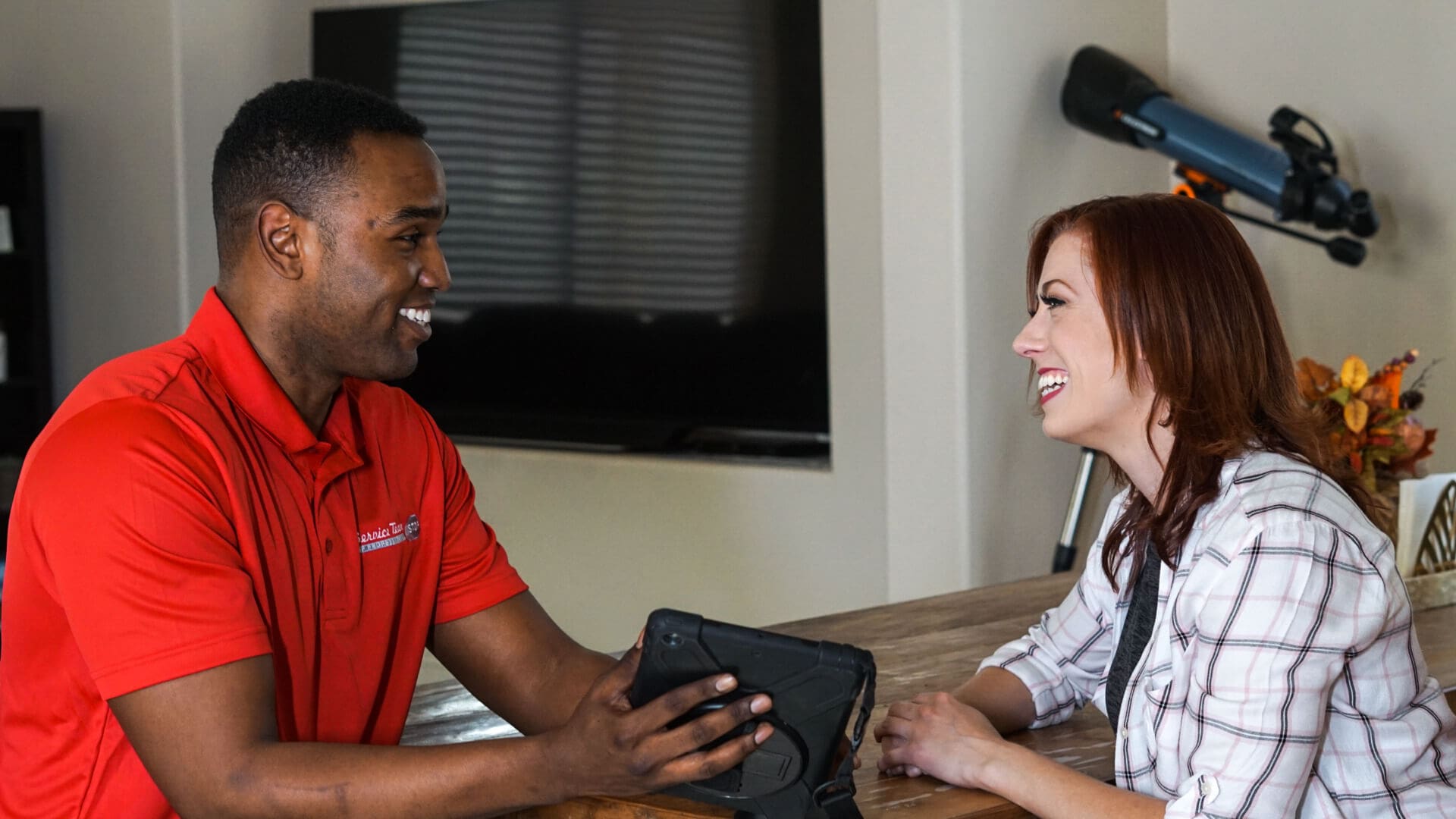
The discovery of mold in your home is more than just an aesthetic issue—it’s a potential health concern and a sign that your dwelling may have underlying moisture problems. Encountering mold can be both unsettling and hazardous to your health. Tackling mold swiftly is crucial in preventing its spread and safeguarding your home’s structural integrity and air quality. With prompt action and the right approach, you can mitigate the risks and restore your home to a safe and comfortable environment. STOP Restoration is here to guide you through each critical step after discovering mold in your home. Our expert advice caters to homeowners, DIY enthusiasts, and health-conscious individuals who take the safety of their living spaces seriously.
Step 1: Assess the Situation
First and foremost, identifying signs of mold early can make a huge difference. Look out for visible growth, musty odors, or health symptoms that suggest the presence of mold, such as allergies or respiratory issues. Inspect your home’s interior, including walls, ceilings, floors, and corners. Often mold can be found in areas with high moisture levels such as bathrooms, basements or kitchens. If you identify mold growth that covers an area larger than 10 square feet, it is advisable to seek professional help. Determine the extent of the mold invasion—small areas often indicate a problem that might be manageable DIY, while widespread contamination likely calls for professional intervention.
Step 2: Ensure Safety
Before you embark on any mold removal tasks, personal safety is paramount. Equip yourself with the proper protective gear, including gloves, goggles, and an N-95 respirator. Mold spores can cause allergic reactions or respiratory issues, so it’s essential to protect yourself from inhaling them. If possible, isolate the affected area and turn off your HVAC system to prevent mold spores from spreading throughout the house. Secure the affected area to prevent spores from spreading to other parts of your home by using plastic sheeting and ensuring good ventilation.
Professionals are equipped with the advanced tools and expertise required to not only thoroughly remove the mold but also identify and rectify the source of moisture that allowed the mold to thrive. Choosing a professional team like STOP Restoration for mold remediation ensures the safety and longevity of your home environment. Their in-depth understanding of mold types and proper removal protocols minimizes the risk of recurrence and protects your family’s health from potentially toxic exposures. By opting for STOP Restoration’s services, you also benefit from a comprehensive approach that includes securing the affected areas, safely removing contaminated materials, and safeguarding your property against future mold-related issues.
Step 3: Stop the Moisture Source
Mold, a common problem in many homes, thrives on moisture. To effectively combat mold growth, it is crucial to identify and address the source of dampness. This could include investigating and repairing any leaky pipes, improving ventilation in humid areas, or addressing the aftermath of a flooding incident. By promptly resolving the root cause, you can prevent further mold growth and create a healthier living environment.
In addition to addressing existing moisture issues, taking proactive measures can help prevent future problems. Consider using dehumidifiers in areas prone to excessive moisture, such as basements or bathrooms. Enhancing drainage around your home can also play a significant role in minimizing the presence of dampness. By implementing these preventive steps, you can maintain a mold-free environment and ensure the well-being of your home and its occupants.
Step 4: Remove Mold
When confronting mold removal, you need to weigh the DIY route against hiring professionals. For minor mold issues, you may be able to tackle the cleanup yourself using EPA-approved fungicides and following proper cleaning techniques like scrubbing and dry vacuuming. However, for more extensive mold growth, it’s best to call in the experts. Professionals have the know-how and equipment necessary to safely remove all traces of mold and prevent its spread.However, significant infestations are best left to trained experts who can execute safe and effective remediation.
Step 5: Repair and Prevent
After successfully clearing out the mold, repair any damages to your home’s materials and structures. Then, focus on implementing preventive measures to deter mold growth. Regularly inspect your home for moisture problems and address them swiftly. Keep an eye on humidity levels, use mold-resistant building materials, and maintain proper ventilation to avoid future mold issues.These could include controlling humidity levels, ensuring adequate insulation, and using mold-resistant products in prone areas.
Steps to Take When You Discover Mold in Your Home
The presence of mold in your home demands immediate attention and proper handling to avoid serious consequences. Although some situations may be handled through DIY mold removal efforts, don’t hesitate to contact STOP Restoration’s professionals when facing severe mold infestation. The faster you act, the quicker you can ensure that your home remains a healthy living space for you and your family. Remember, mold prevention is key—remain vigilant and proactive to keep your home mold-free. Mold isn’t just an unsightly inconvenience; it’s a prompt to take better care of your living space. By following these steps and regularly assessing your home for signs of moisture problems, you can keep mold at bay and ensure your sanctuary remains safe and healthy.




